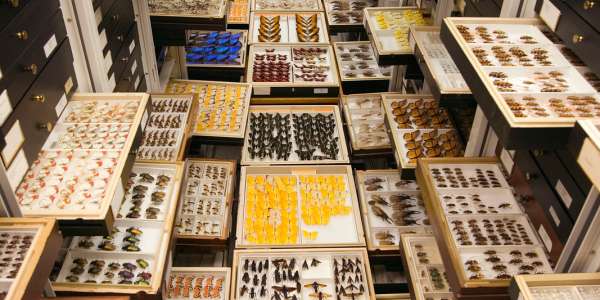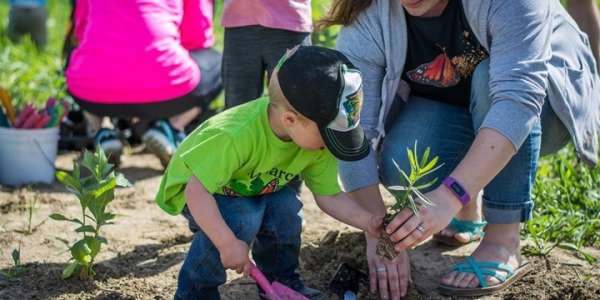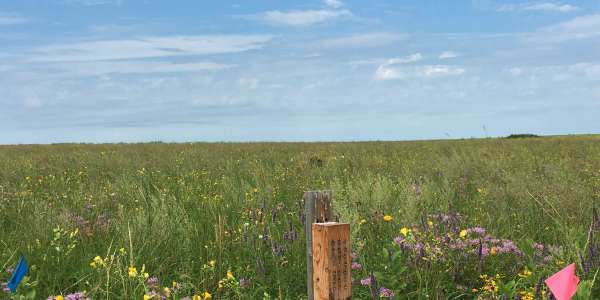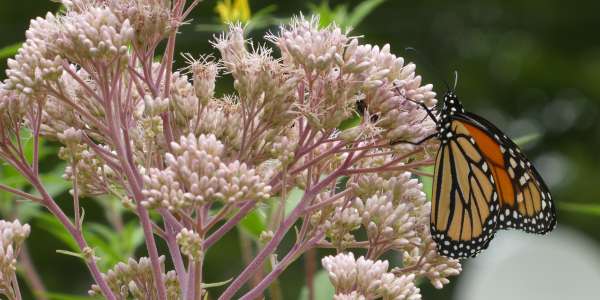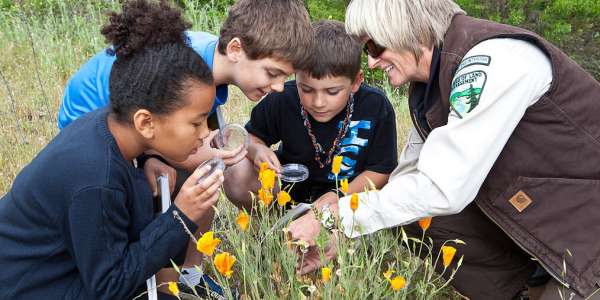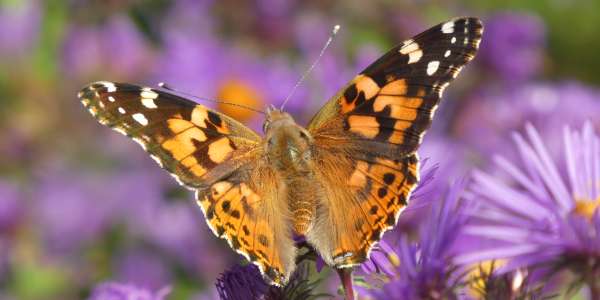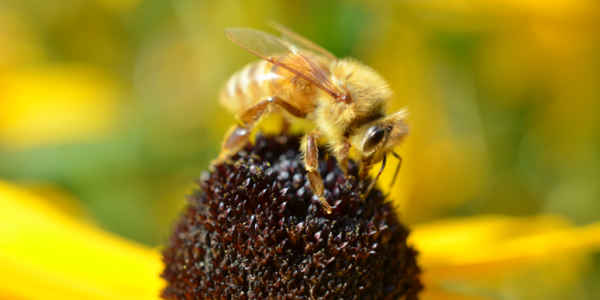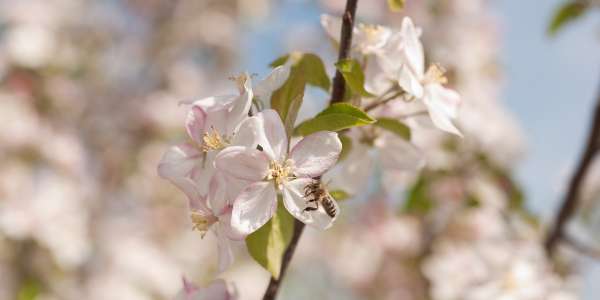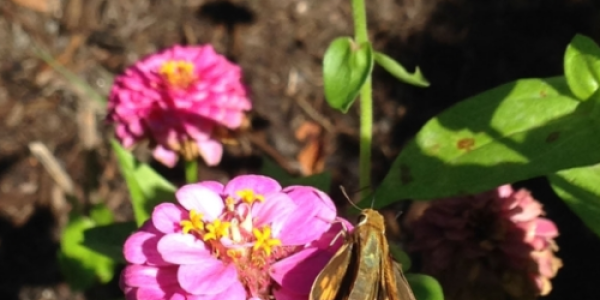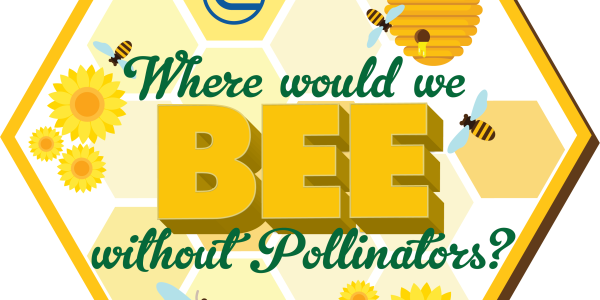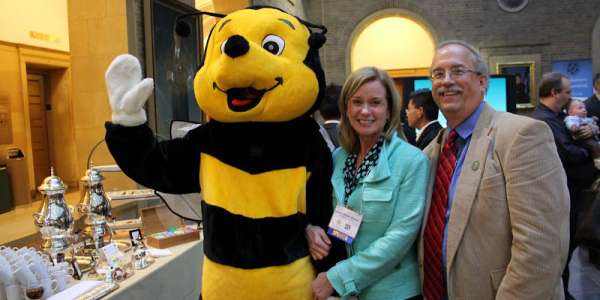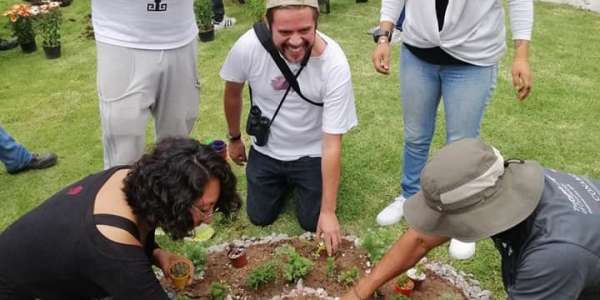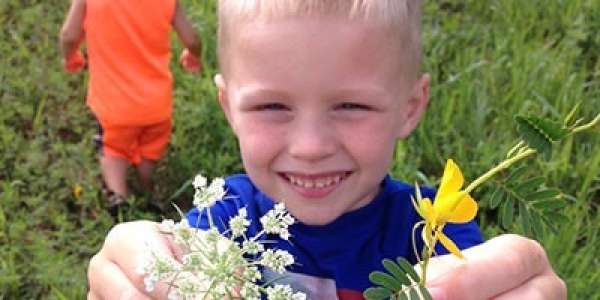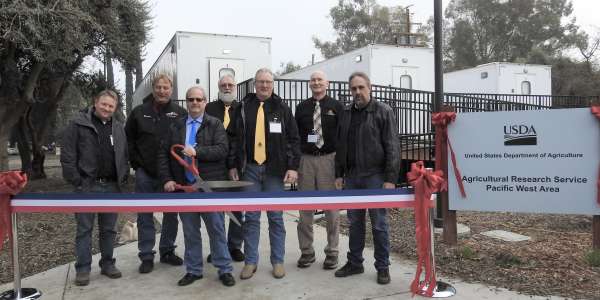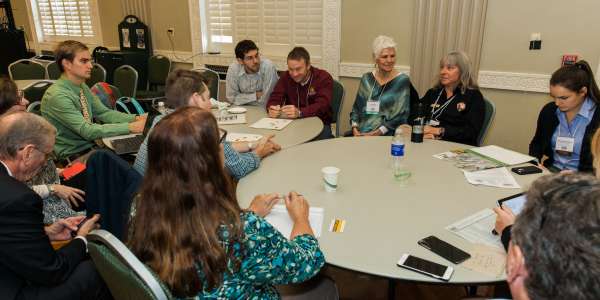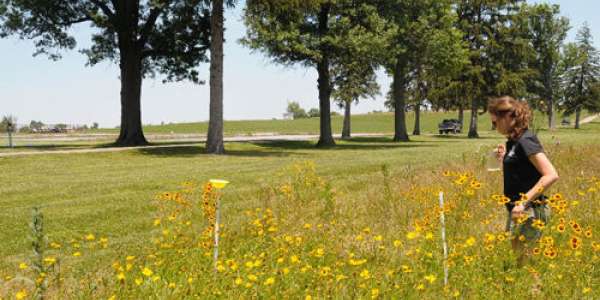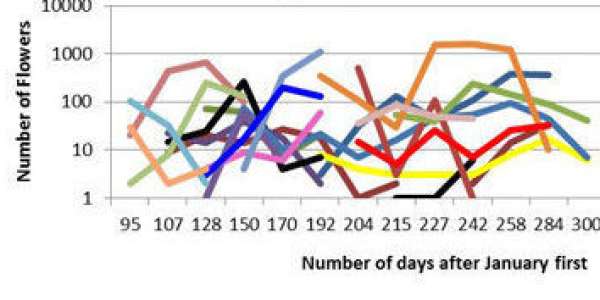NAPPC Partner Forum
Celebrate NAPPC's 20th Anniversary with us! Click on the stories below to find out what this collaborative campaign means to our partners and what they are proud to have contributed to pollinator conservation over the years.
NAPPC Members: Click here to share your pollinator conservation story!
-
Pollinator Story: Smithsonian's National Museum of Natural History
The Smithsonian has been a proud partner of NAPPC since its inception. Smithsonian staff work hard to both advance science and public understanding around pollinator conservation.
-
Pollinator Story: Monarch Joint Venture
MJV is involved in four areas of pollinator conservation work: 1) Partnerships to facilitate collaboration among conservation practitioners, 2) Research and monitoring to inform our conservation efforts, 3) Education and outreach to engage and inspire to action a broad spectrum of individuals and entities, and 4) Habitat implementation to restore and enhance habitat for monarchs and other species.
-
Pollinator Story: U.S. Geological Survey, Northern Prairie Wildlife Research Center
We are investigating how pollinator health is affected by land-use change in the Northern Great Plains of Minnesota, North Dakota and South Dakota.
-
Pollinator Story: National Wildlife Federation
The National Wildlife Federation supported the inaugural activities of NAPPC in the early 2000s and actively combats the current pollinator crisis across North America.
-
Pollinator Story: Bureau of Land Management
The US Department of the Interior - Bureau of Land Management (BLM) manages 247 million acres of public land for multiple use and sustained yield, primarily in the western United States.
-
Pollinator Story: The Plant Conservation Alliance
The Plant Conservation Alliance (PCA) is a proud partner of NAPPC. PCA is a collaborative partnership among 12 U.S. Federal Agency Members and more than 300 Non-Federal Cooperators.
-
Pollinator Story: USDA National Resources Conservation Service
Pollinator habitat, and healthy pollinator populations, support and enhance natural resources vital for resilient landscapes and thriving agricultural communities. Pollinators are essential for our food supplies and for supporting wildlife populations.
-
Pollinator Story: U.S. Apple Association
Apples are among a relatively small number of food crops that are totally dependent upon insect pollination. Without insect pollination, there would be no apples.
-
Pollinator Story: Old Dominion University
The Conservation Biology Club of ODU constructed a pollinator garden at a fire station across the street from campus, where there was previously a grassy lawn and few pollinator resources.
-
Pollinator Story: National Association of Conservation Districts
America's conservation districts are at the forefront of pollinator education in their communities, assisting with workshops, outreach and awareness efforts like native plant sales and more.
-
Pollinator Story: USDA Forest Service
The U.S. Forest Service manages 193 million acres of public lands for native plants and pollinators, and conducts research on pollinating species.
-
Pollinator Story: CONABIO
CONABIO, along with the National Autonomous University (UNAM), is working on a campaign to promote public involvement in pollinator gardens, especially for birds, as well as in environmental education events about the importance of pollinators with local governments, such as that of Mexico City.
-
Pollinator Story: Waste Management
Waste Management has made a long-standing commitment to pollinator partnerships with schools, organizations and the community. These projects provide meaningful employee and community engagement that empower participants to protect pollinators and promote monarch conservation.
-
Pollinator Story: American Honey Producers Association
By pollinating 1/3 of the nation's food supply we assure that less imported food is brought into our country which protects the american consumer from food fraud and or health risks and protects our nation's food security.
-
NAPPC National Beekeepers Survey of the Foraging Needs of Honey Bees
To better understand the amount of forage land needed for managed bee colonies in non-pollination settings, the Forage, Nutrition & Roadsides Task Force conducted a survey of U.S. beekeepers between October 2015 and February 2016.
-
Conservation of Native Pollinators on Golf Courses
Golf courses contain large areas that remain out-of-play and often unmanaged, providing habitat for plants and insects. These areas can be valuable for restoring populations of wildlife that help pollinate the surrounding plant life.
-
When You Plant Flowers This Spring, Think Pollinator Forages, Phenologies and Partnerships
More than ever before, Americans are looking at their planting of flowers on their land in their gardens in a broader context, one that includes colors and fragrance, but extends beyond our own perception of those attractions to how pollinators themselves perceive them.
These posts are opinions expressed by the author. If you have any comments, please direct them to the NAPPC Forum Comments Form

